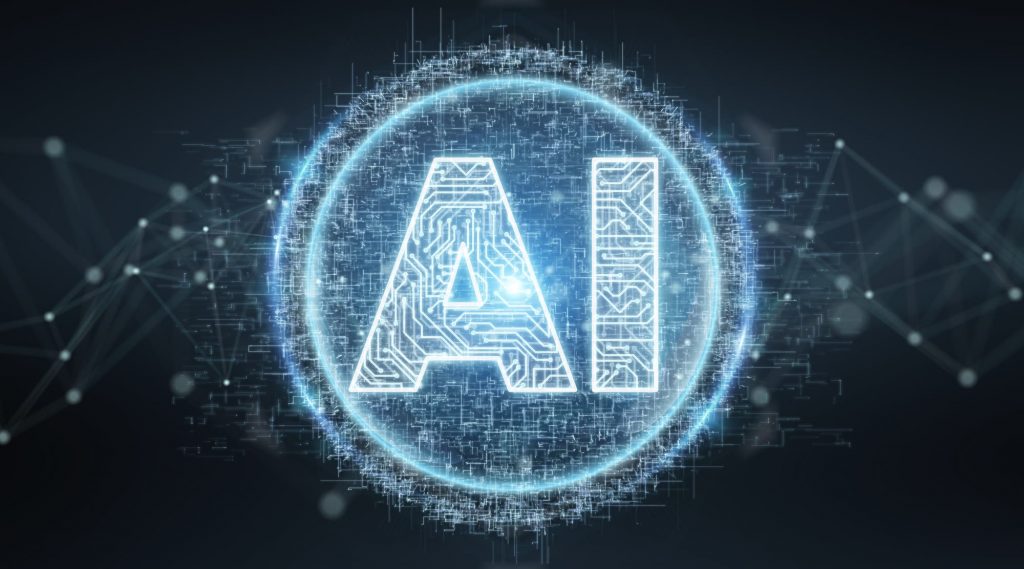In an increasingly fast-paced world, the expectations of modern consumers are continually evolving. Now more than ever, customers expect almost immediate responses from businesses when they have a question or issue. Recent data gathered by Salesforce reveals that 64% of consumers expect real-time responses, with millennials in particular having an expectation of instant replies.
While consumers may want to engage with a business anytime, anywhere, they also prefer to interact with a live human agent over an Artificial Intelligence (AI) powered chatbot. A Microsoft report found that 71% of customers said they would be less likely to use a brand if it didn’t have human customer service representatives available. These competing demands – for instant service but not for virtual assistance – may seem antithetical. However, by striking the perfect balance between live agents and AI in a cloud contact centre, businesses are able to achieve both the efficiency and the personal touch that consumers demand.
Combining live agents with AI chatbot support provides a better experience for both the customer and the agent. AI can instantly respond to simple customer queries, provide context when passing more complex issues on to live agents, and provide support to less experienced agents during interactions.
AI is able to gather extensive customer data and provide insights into common issues and pain points, leading to a better customer experience. By utilising AI to work alongside live agents within a cloud contact centre, businesses can vastly improve the customer service experience that they offer to consumers, resulting in higher rates of customer satisfaction and retention, and greater profitability.
How AI Can Support Live Agents
Triage Issues
AI chatbots have the ability to interact with thousands of customers simultaneously, allowing businesses to engage with high numbers of enquiries instantly. AI can easily triage customer issues, managing simpler enquiries and freeing up agents to deal with more complex issues.
A majority of customer interactions will involve the same frequently asked questions; an AI chatbot can be programmed to efficiently provide support, giving customers the immediate assistance they expect and decreasing the need for live agent intervention.
Escalation
When a customer does have a complex query, the chatbot becomes a useful tool in gathering the initial information and escalating to a live agent. When a chatbot cannot provide a customer with a solution, the interaction is handed over to a live agent. The agent is provided with a full history of the customer’s conversation, as well as other key contextual details, such as web page source information.
This prevents the often frustrating process of needing to repeat information. It creates a more seamless customer service experience, leading to better customer satisfaction.
Coach Live Agents
New and less experienced live agents are empowered in their interactions with customers when they work alongside AI. Recent data shows that 60% of employees believe their current skill set needs improvement, and AI is an effective way to upskill customer service agents.
The chatbot can monitor a conversation, provide suggested responses which the live agent can edit or adapt as needed, and assist with customer history and context. This also helps to maintain brand consistency, building a company ‘voice’ over time.
Additionally, the chatbot can be referred to when detailed information, such as legal verbiage, is required. The combination of a live agent and AI creates a smooth customer service experience for the customer. The support offered by AI also provides better job satisfaction and faster on-the-job learning for agents.
Customer Data and Business Intelligence
AI can help businesses develop a better understanding of their customers, including their requirements, intentions, and common problems that affect them. By analysing thousands of previous interactions, AI can provide insights into customer intent and customer experience pain points, thereby assisting agents during service interactions.
The Microsoft study shows that 76% of consumers expect companies to understand their needs and expectations, so harnessing the tools to gain insight into these needs is vital for modern businesses. This detailed data analysis reveals where contact centre pressure points are and allows businesses to improve their processes, ultimately helping to improve overall contact centre performance.
Improve Customer Satisfaction
Traditionally, the experience of dealing with customer service has been a frustrating one, characterised by long periods spent on hold or irritating situations of being passed from one department to another with no context.
AI chatbots are revolutionising the customer service experience, providing consumers with the seamless, instant support that they want and therefore improving outcomes for businesses in terms of customer retention and profitability. Additionally, when the customer experience is improved and frustrations are reduced, the experience of live agents is also more positive, leading to friendlier interactions and better work satisfaction for the agent.

